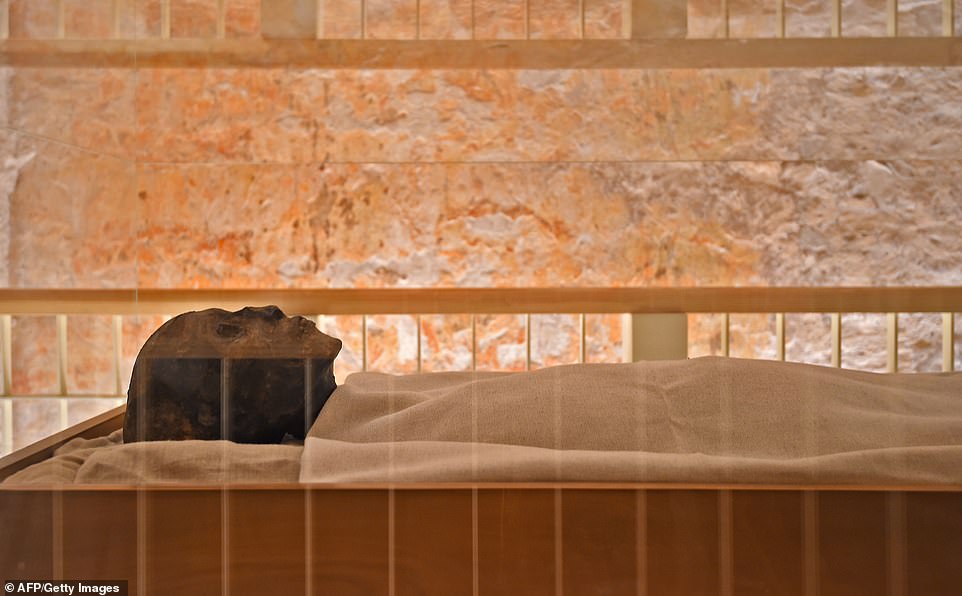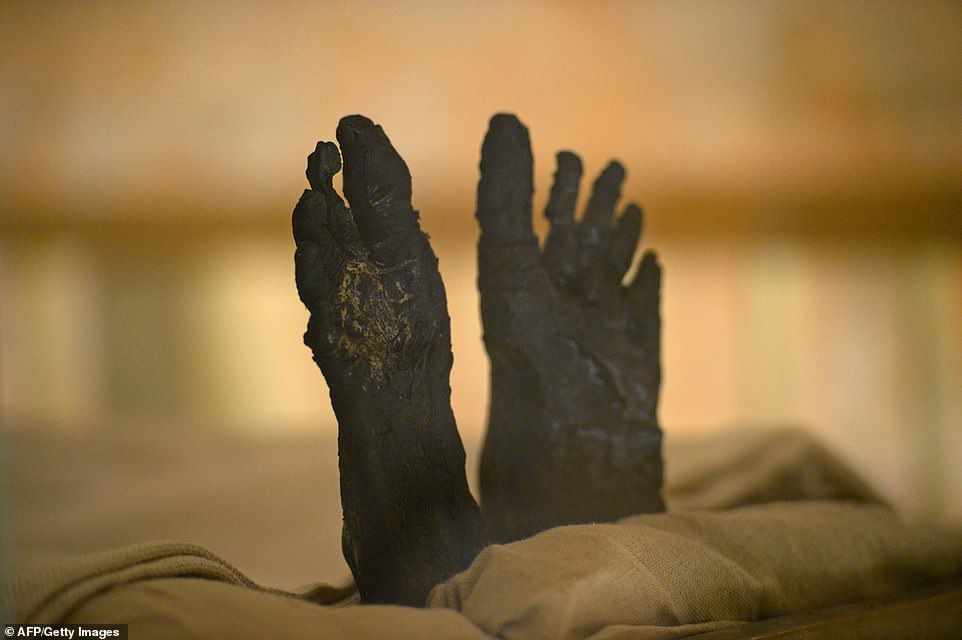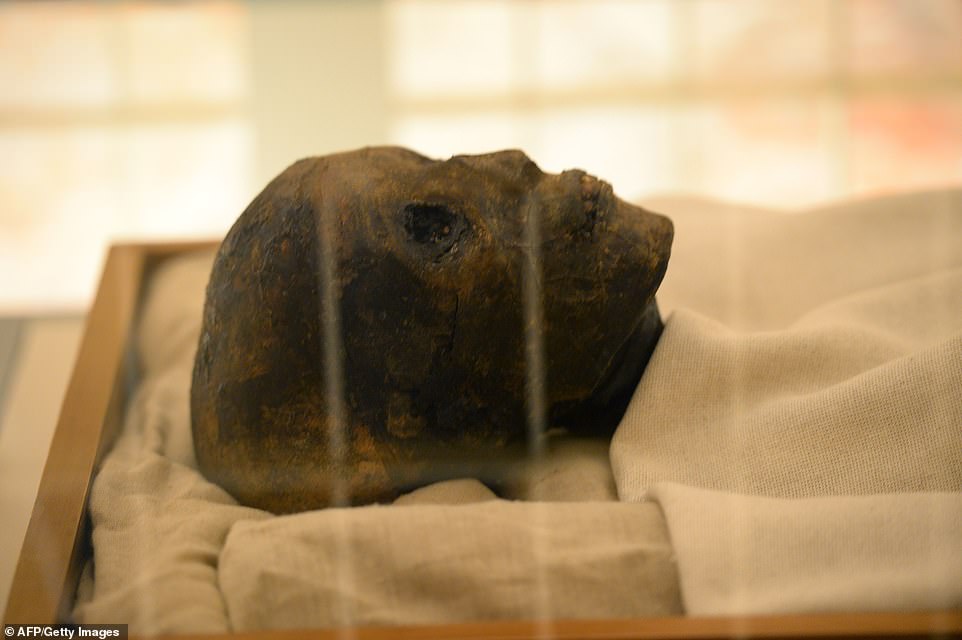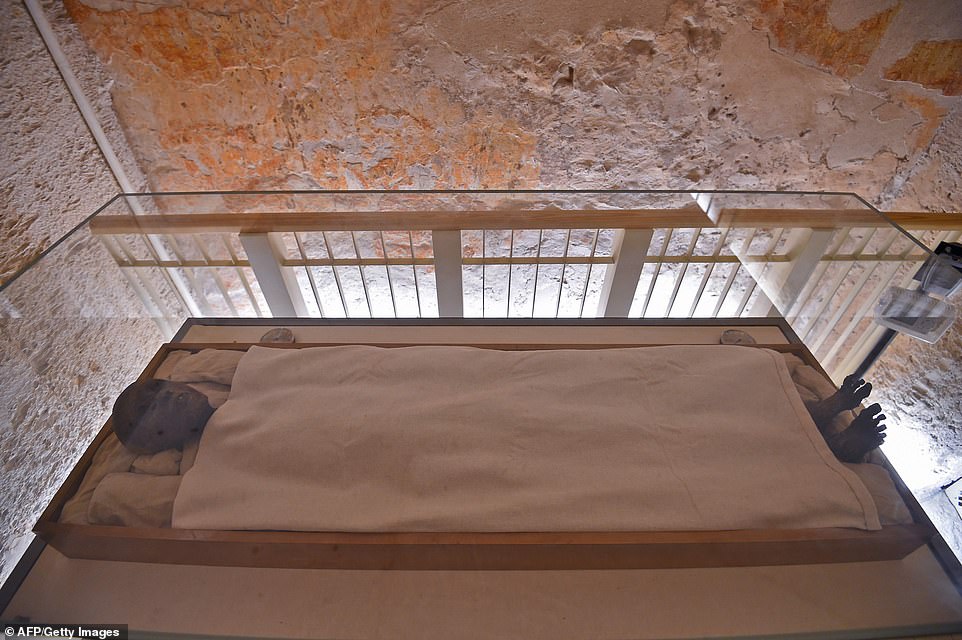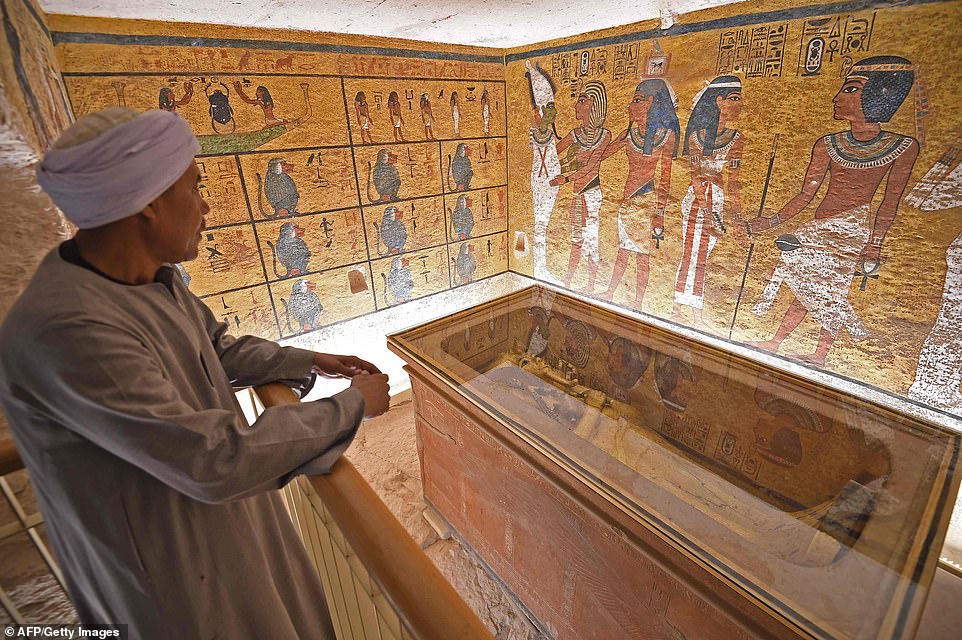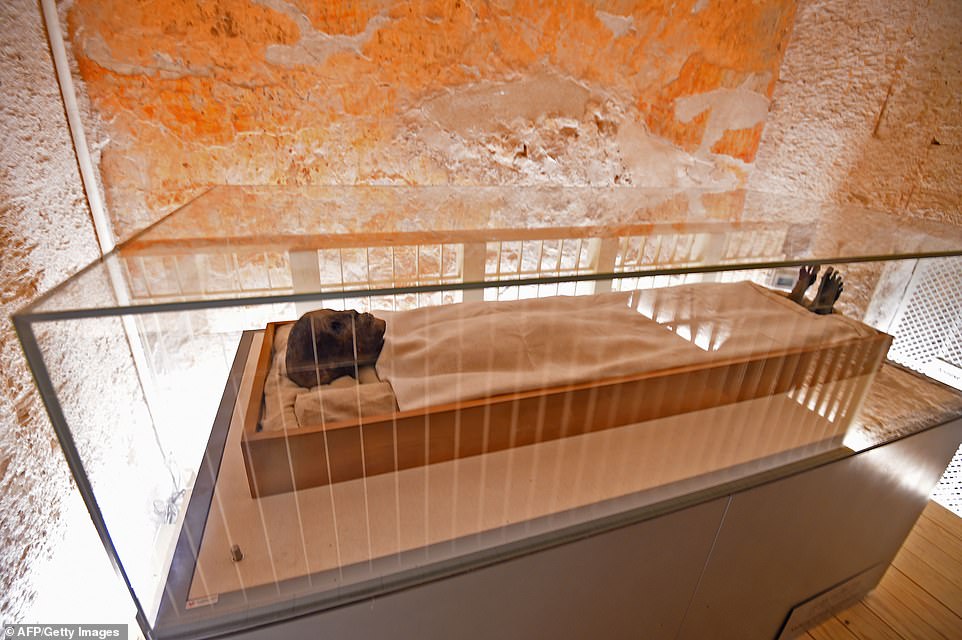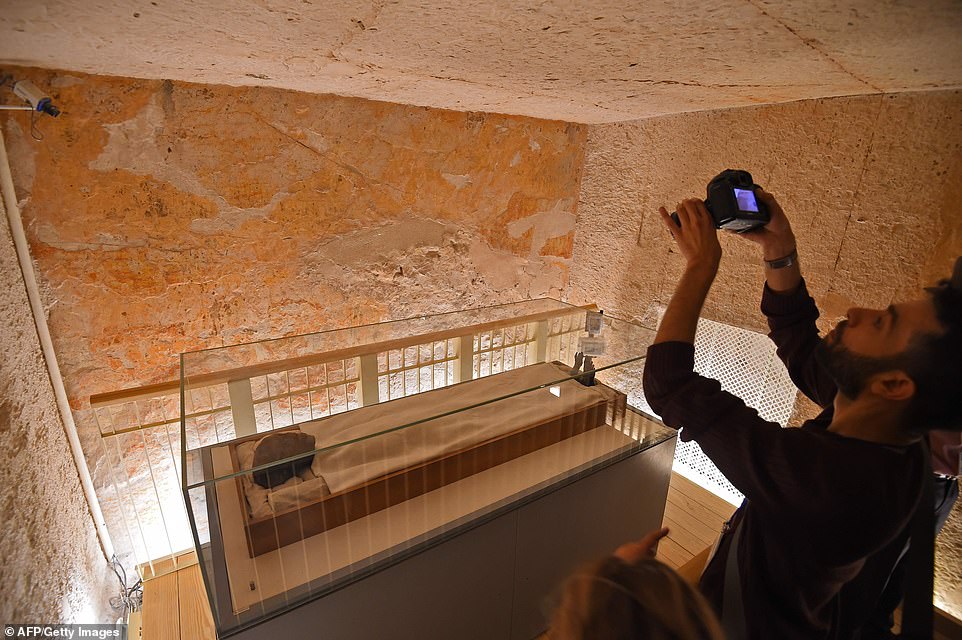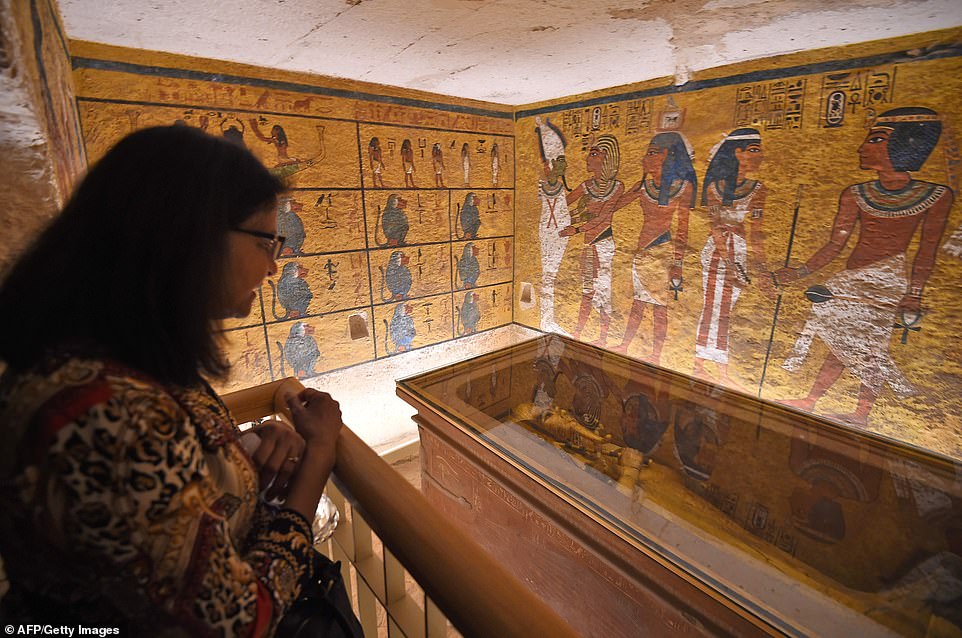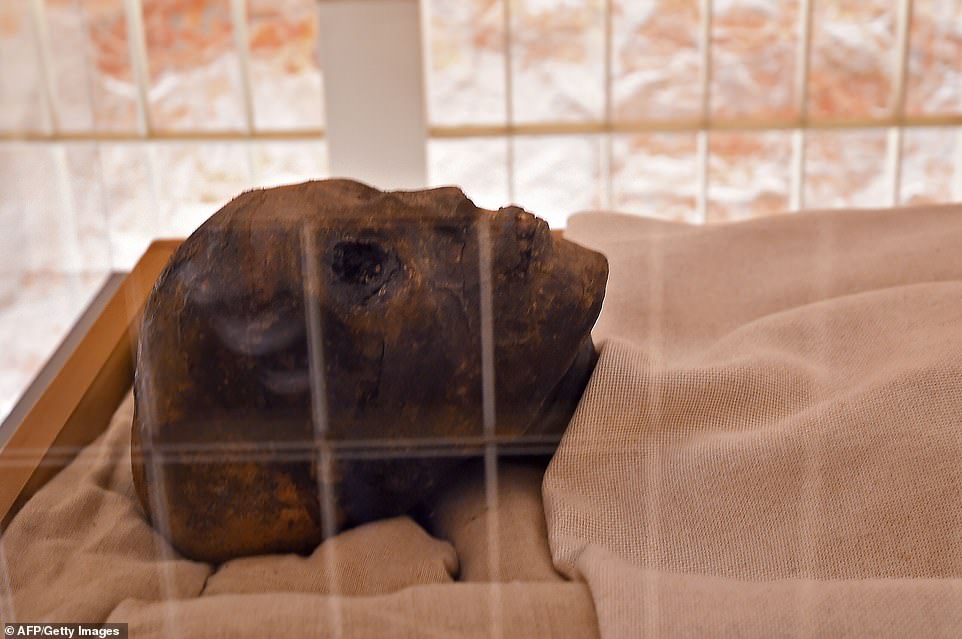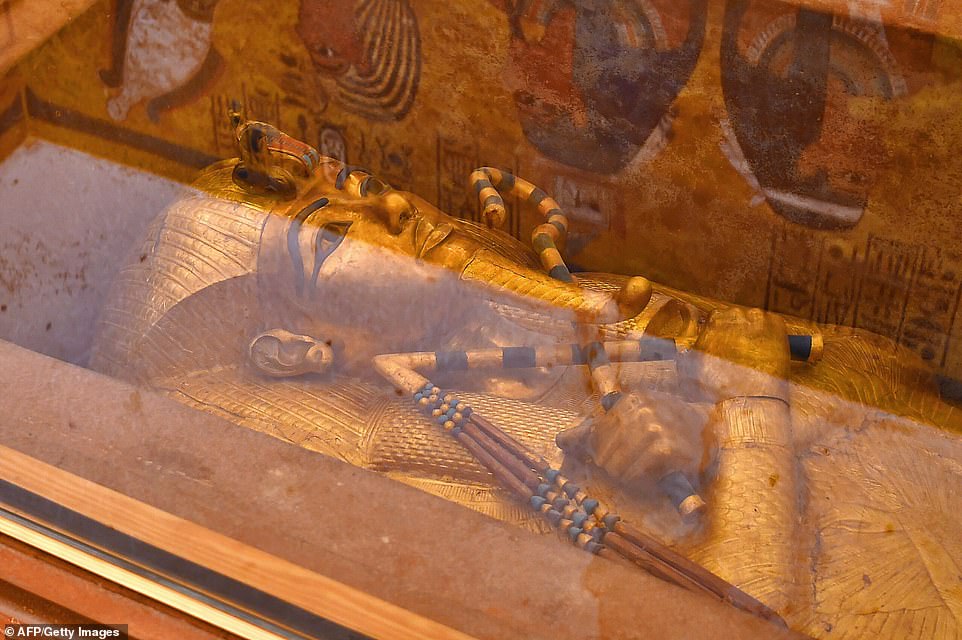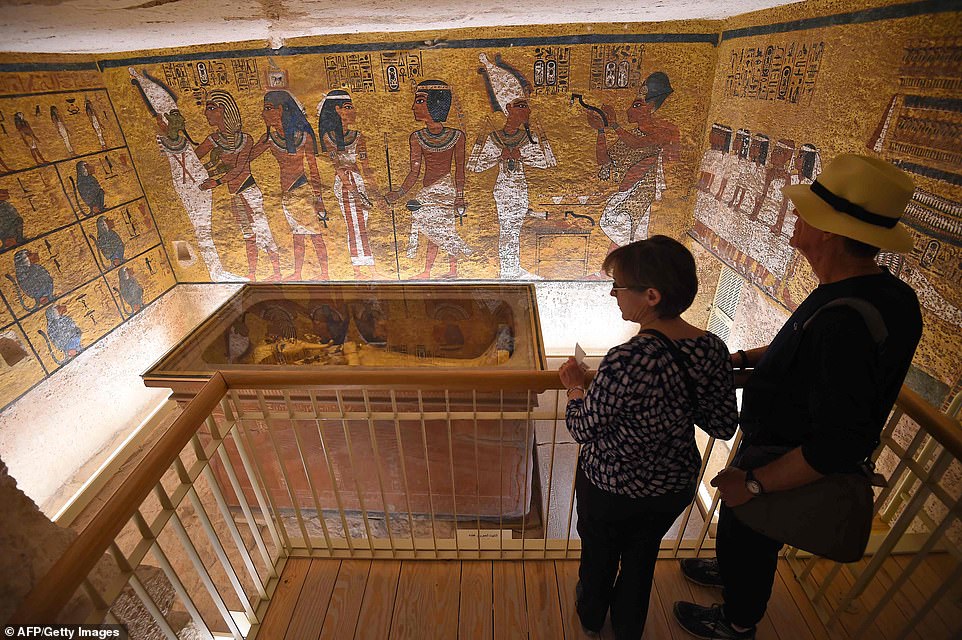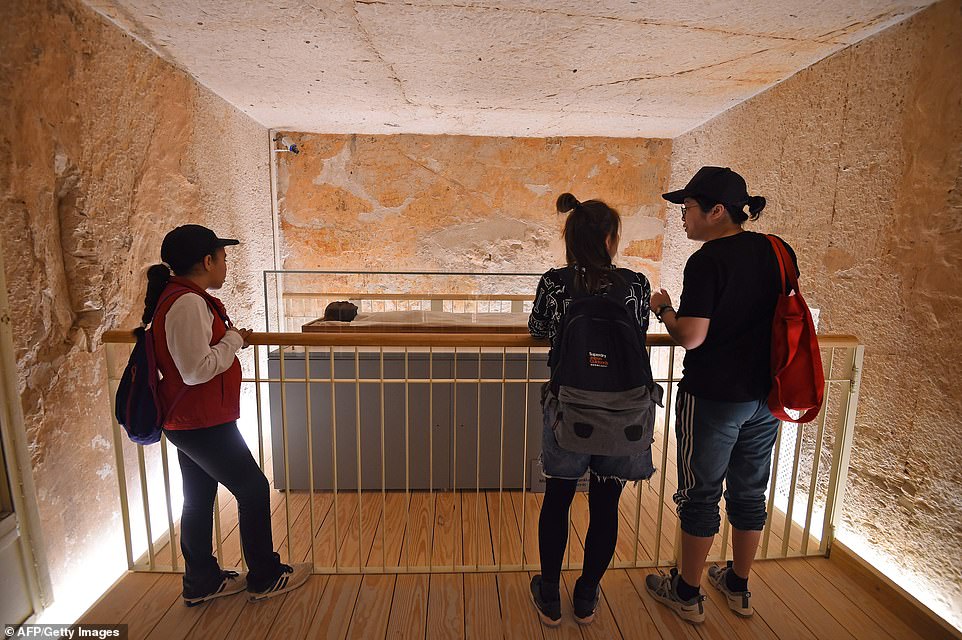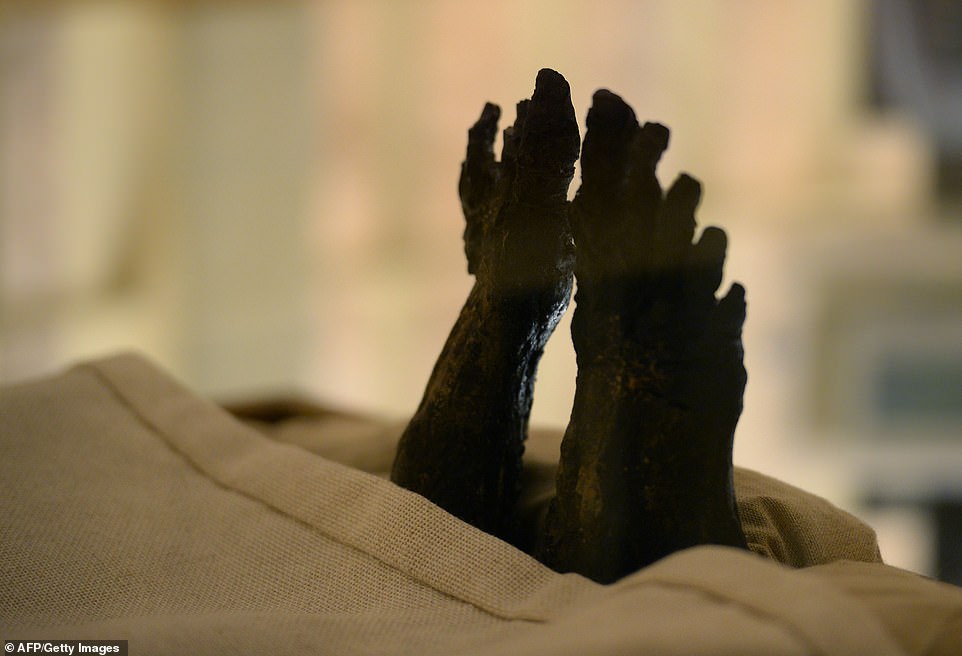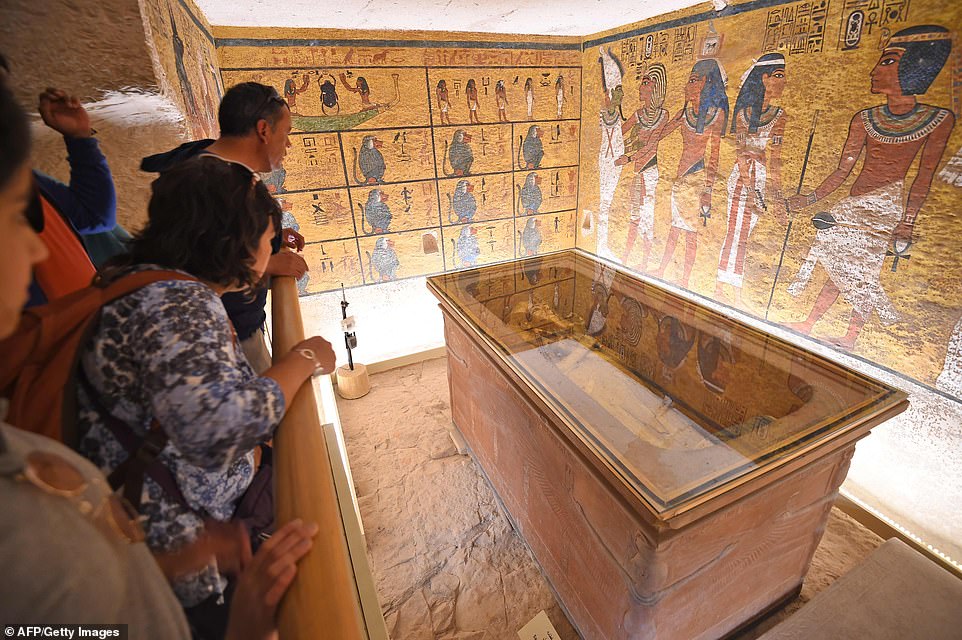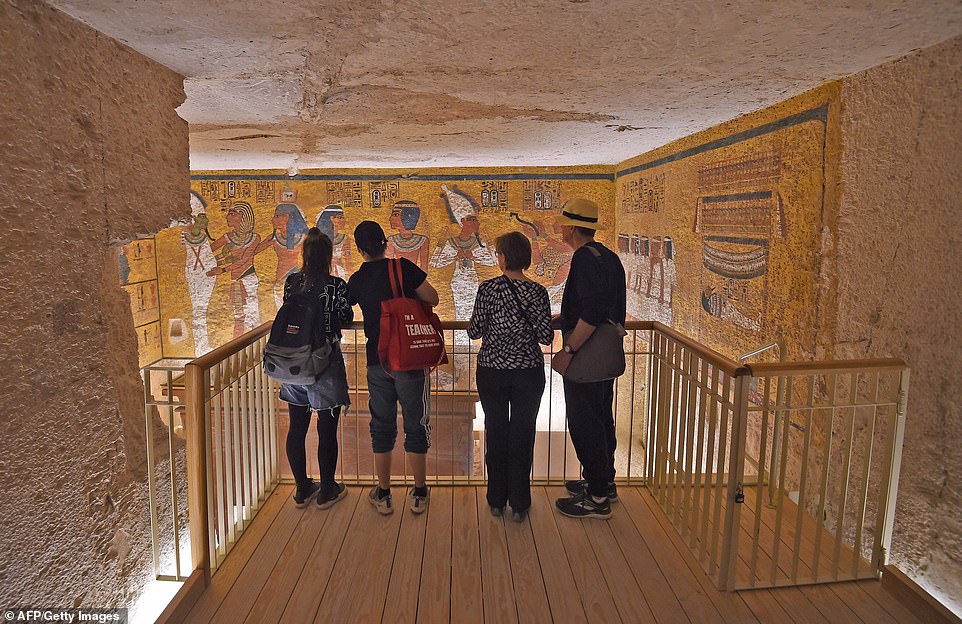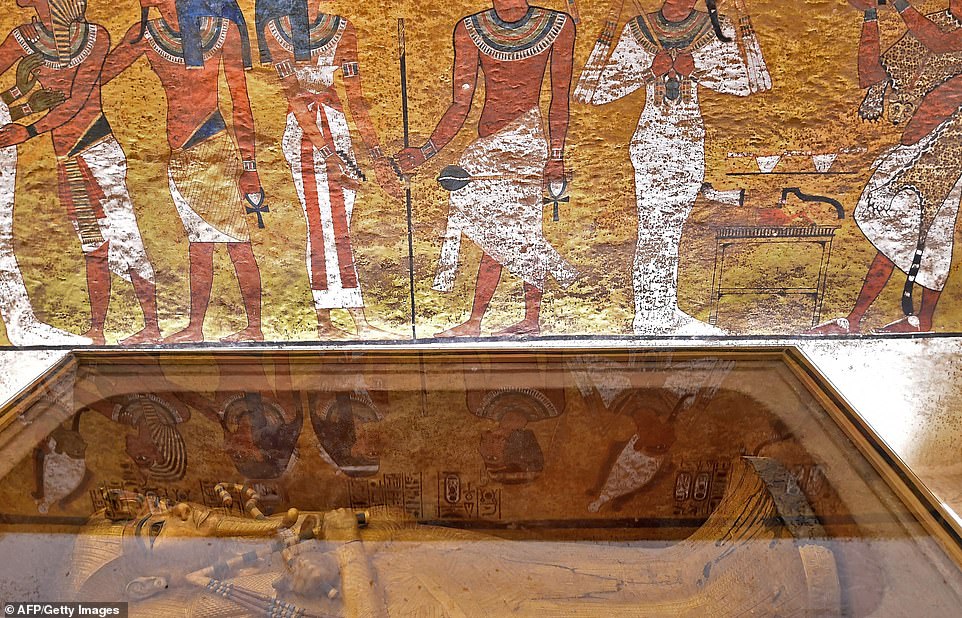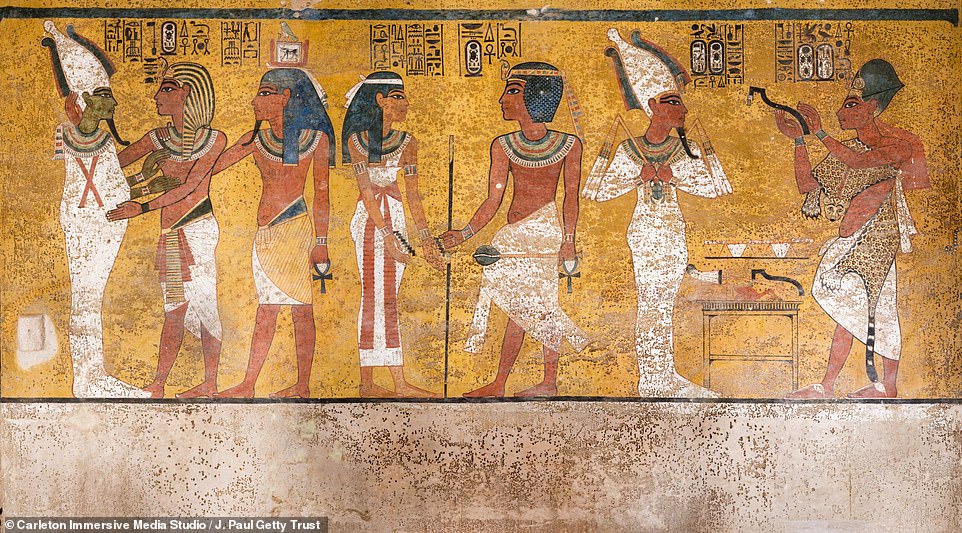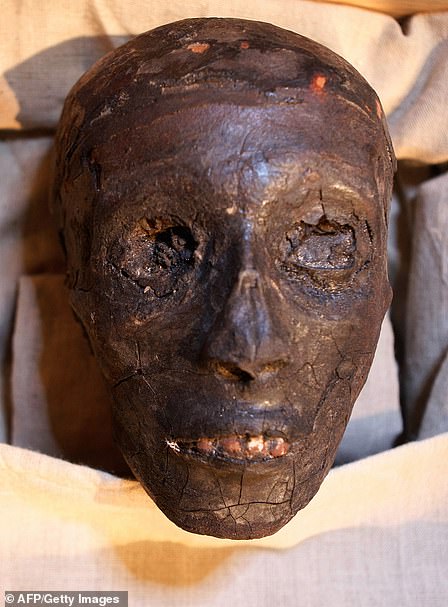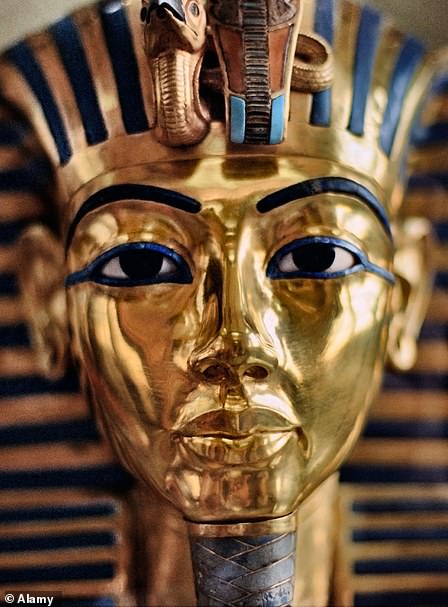بعد مرور ما يقرب من قرن على اكتشاف مقبرة توت عنخ آمون التي كانت تحوي مومياء الملك الشاب المدفونة منذ أكثر من ثلاثة آلاف عام، عاودت مصر فتح المقبرة في صورة أكثر بهاء بعد عمل دؤوب على إصلاح أضرار سببها الأتربة والرطوبة وتوافد الزائرين.
وتمت أيضا إعادة النقوش الأثرية التي تزين الجدران والسقف إلى الحالة التي كانت عليها عندما دخل عالم الآثار البريطاني هوارد كارتر المقبرة لأول مرة عام 1922، بحسب رويترز.
وتضمنت عملية الترميم التي استغرقت عشر سنوات تركيب أرضيات خشبية ووسائل إضاءة مما تطلب نقل توت عنخ آمون نفسه. وتعطل العمل بسبب اضطرابات سياسية عام 2011 عندما أجبر متظاهرون حسني مبارك على التنحي عن سدة الحكم.
وقال نيفيل أجنيو مدير الاتصالات بمعهد جيتي للترميم ومقره لوس انجليس والذي قاد العمل “إنه شيء ثمين بشكل لا يصدق، لذلك واجهنا ضغوطا شديدة في تلك الفترة لنقل المومياء بشكل آمن”.
وقال عن عملية رفع المومياء وتابوتها الذي يزن 250 كيلوجراما وحمله بالأيدي إلى خارج المقبرة:
لقد كانت مرعبة… اثنا عشر رجلا يهتفون ويحملونه أعلى المنحدر. قلت: إذا تعثر أحد فسينزلق (التابوت) وسيقتل أحدا. فقالوا: لا تقلق.
وكان موقع وادي الملوك الأثري قد خضع لأعمال تجديد عدة مرات لكنها ربما لم تكن بهذه الدقة.
وبدأ متخصصون وعلماء في الترميم والمعمار والبيئة بعمليات تحليل استغرقت حوالي خمس سنوات والتي خلصت إلى وجود تأثير بيئي إلى جانب أضرار ناتجة عن توافد الزوار، منها أضرار لحقت بنقوش الجدران وخدوش وفقدان بعض القطع.
وقال حسين الشابوري أستاذ الفنون الجميلة بجامعة الإسكندرية: “بخار الميه اللي طالع من الزوار بيأثر على كل حاجة في المقبرة وبيخلي الزائر مش بيقدر ياخد نفسه”.
وأضاف “كان لازم نحل المشكلة دي إننا نعمل تهوية دخول هوا مفلتر فريش مش تكييف وخروج هوا من المقبرة.. التارجت (الهدف) إن احنا نغير كل الهوا اللي في المقبرة في نص ساعة”.
